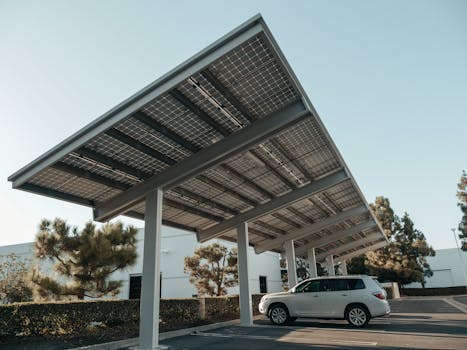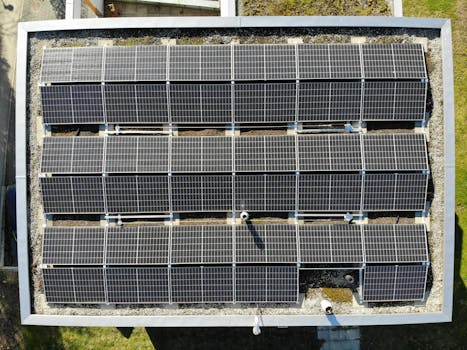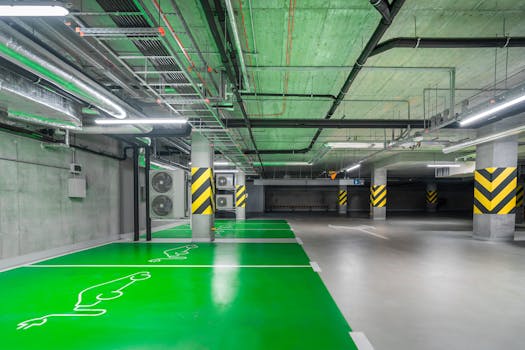
Smart Cities: Urban Trends for 2025
Smart Cities are revolutionizing the way we live, work, and interact with our environment. As we move into 2025, it’s essential to explore the latest urban trends that are shaping the future of our cities. Smart Cities are at the forefront of innovation, leveraging technology to create more sustainable, efficient, and livable urban spaces.
Introduction to Smart Cities

A Smart City is an urban area that uses information and communication technologies (ICT) to enhance the quality of life for its citizens. This can include everything from smart energy management and transportation systems to waste management and public safety. The goal of a Smart City is to create a more sustainable, efficient, and livable environment for its residents.
Urban Trends for 2025

So, what can we expect from Smart Cities in 2025? Here are some of the top urban trends to watch:
- Smart Energy Management: Cities will continue to invest in renewable energy sources, such as solar and wind power, and implement smart grids to manage energy distribution and consumption.
- Innovative Transportation Systems: Electric and self-driving vehicles will become more prevalent, reducing congestion and emissions in urban areas.
- Smart Buildings and Infrastructure: Buildings will be designed with sustainability in mind, incorporating green roofs, energy-efficient systems, and advanced materials.
- Urban Agriculture: Cities will incorporate more green spaces and urban farms, providing fresh produce to residents and reducing the carbon footprint of food transportation.
- Waste Management and Recycling: Smart Cities will implement advanced waste management systems, including recycling programs and composting initiatives, to reduce waste and minimize environmental impact.
Benefits of Smart Cities

The benefits of Smart Cities are numerous and far-reaching. Some of the most significant advantages include:
- Improved Quality of Life: Smart Cities provide a higher quality of life for residents, with access to better healthcare, education, and transportation.
- Increased Efficiency: Smart Cities use technology to streamline processes and reduce waste, making them more efficient and cost-effective.
- Enhanced Sustainability: Smart Cities prioritize sustainability, reducing their environmental impact and creating a more livable environment for future generations.
- Economic Growth: Smart Cities attract businesses and investments, driving economic growth and job creation.
Challenges and Opportunities

While Smart Cities offer many benefits, there are also challenges and opportunities to consider:
- Infrastructure Investment: Building and maintaining Smart City infrastructure requires significant investment, which can be a challenge for cities with limited budgets.
- Cybersecurity: Smart Cities rely on technology, which can make them vulnerable to cybersecurity threats and data breaches.
- Digital Divide: Smart Cities can exacerbate the digital divide, leaving behind residents who lack access to technology and digital literacy.
- Partnerships and Collaboration: Smart Cities require partnerships and collaboration between government, private sector, and citizens to succeed.
Conclusion

Smart Cities are the future of urban living, offering a more sustainable, efficient, and livable environment for residents. As we move into 2025, it’s essential to stay ahead of the curve and explore the latest urban trends and technologies. By prioritizing innovation, sustainability, and collaboration, we can create Smart Cities that thrive and provide a better quality of life for all.




